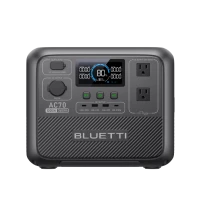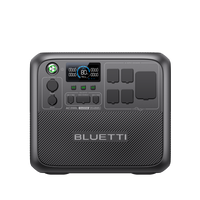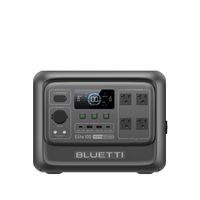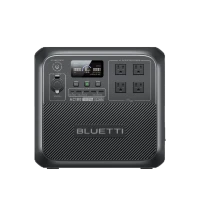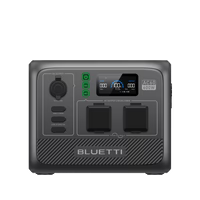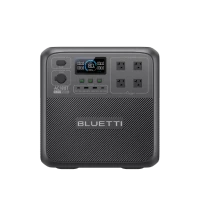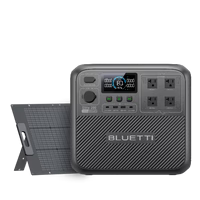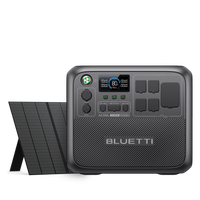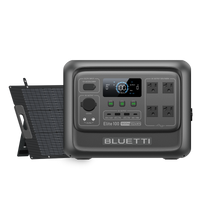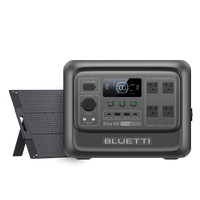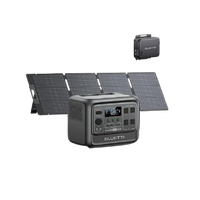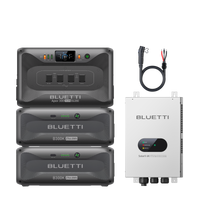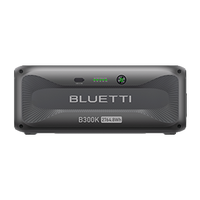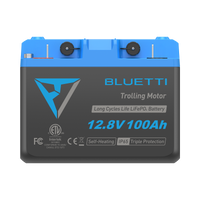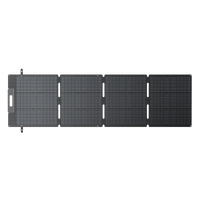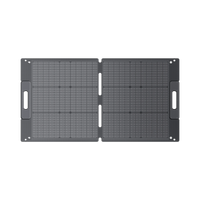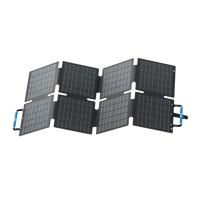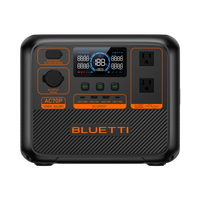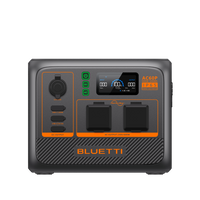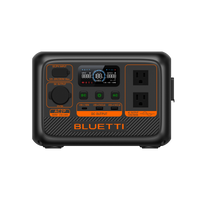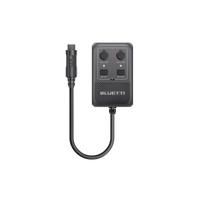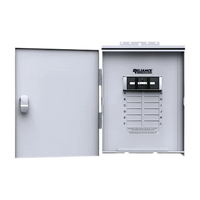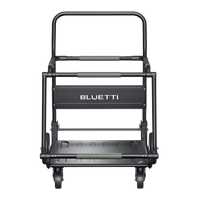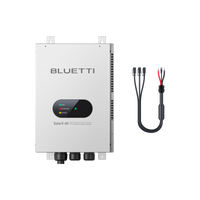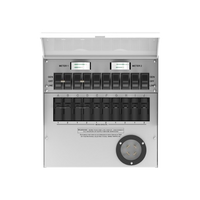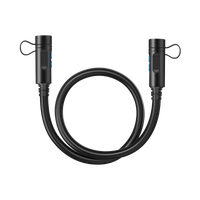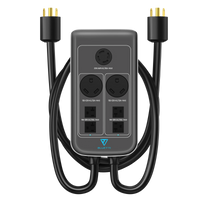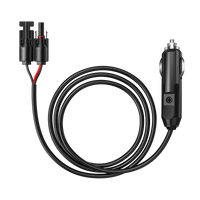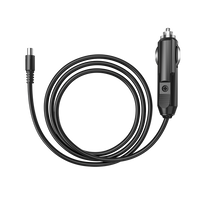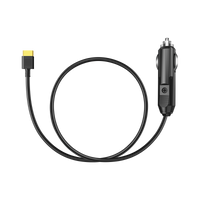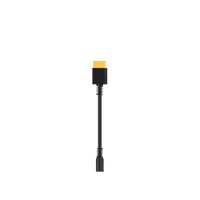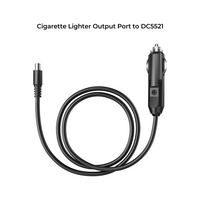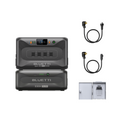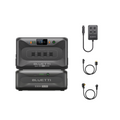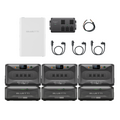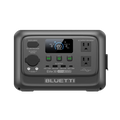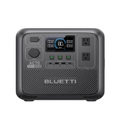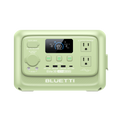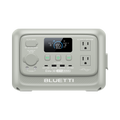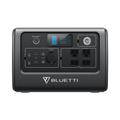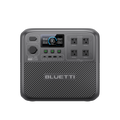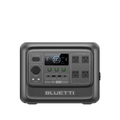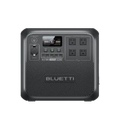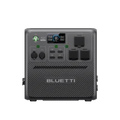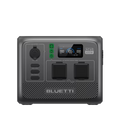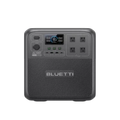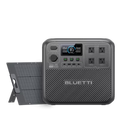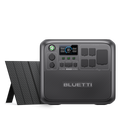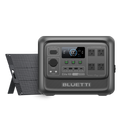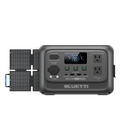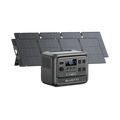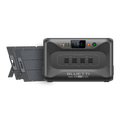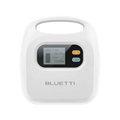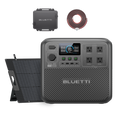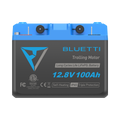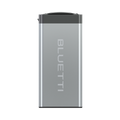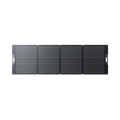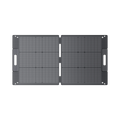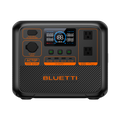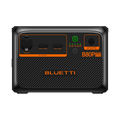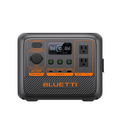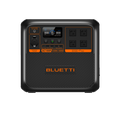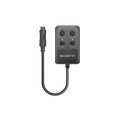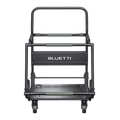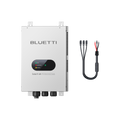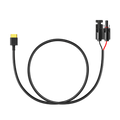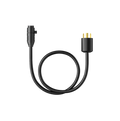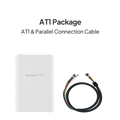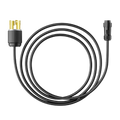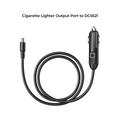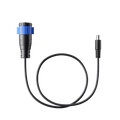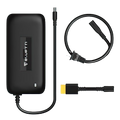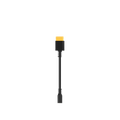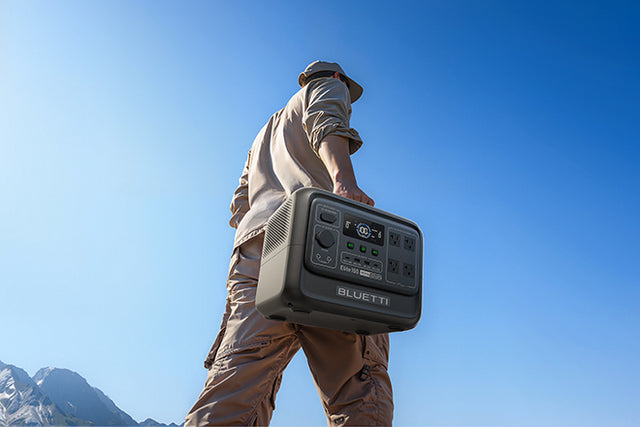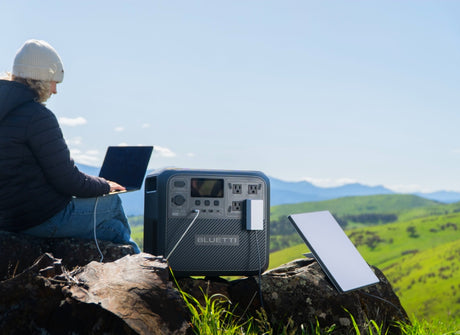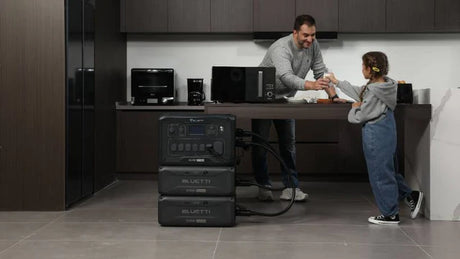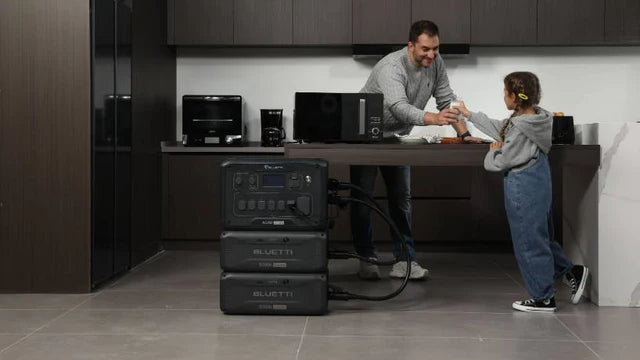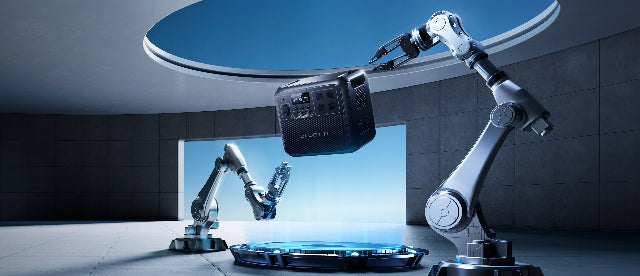You might not think of a toaster as a big energy hog when you consider kitchen appliances. But learning how many watts does a toaster use can help you be more mindful of your electricity usage. Whether you have a two-slot model or a fancy four-slice toaster, the wattage of your toaster and how often you use it can have a direct impact on energy bills and the footprint of your morning toast. Let’s get into the nitty-gritty of toaster wattage, what factors come into play, how much it might cost you for each use and how to consume less energy while still keeping your morning toast on the menu.
Toaster Wattage Overview

Wattage is essentially the amount of power your toaster consumes during operation. It translates directly into how quickly and efficiently your bread gets toasted. For starters, having an average wattage range will allow you a basic understanding of how many watts does a toaster use. The majority of toasters have a power rating between 800 watts and 1,500 watts, either smaller kitchen ones or funky designs. You can find some higher-end toasters or toaster ovens that pop up to 1,800 or 2,000 watts, but it’s a bit less common for actual bread toasting.
Standard ranges and type differences
Wattage Much like microwaves, the wattage differs wildly by the type and amount of your toaster:
- Standard compact two-slice toasters run from 650 watts up to 1,600 watts. These typically run between 750 and 880 watts, which is sufficient to toast two slices of bread.
- Enhanced four-slice toasters typically have a range of 900 watts to 1,800 watts. That’s because they simultaneously have to power more heating elements in order to toast several slices and do so evenly, which draws more electricity.
- Toaster ovens, which perform a wide variety of cooking functions, are at the higher end, requiring upward of 1,200 to 2,000 watts thanks to their larger heating elements and longer operating times.
This difference is very small. So, if you are wondering how many watts does a toaster use for your model, check the label on the back or bottom. It tells this critical number.
How power correlates to performance
Wattage has an impact on how quickly and how well your toaster works too. More powerful ovens bake the elements faster and toast your bread in shorter times. For example, a 700-watt toaster may need from 1-2 minutes per slice, while a 1500-watt model could be done in about 30 to 45 seconds.
So, even though the higher wattage toaster consumes more watts per minute, because it operates for such a shorter duration, and the overall energy required to toast a slice may be similar or less. This trade-off is key to understanding the electricity use and efficiency of your toaster.
More power also often equals quiet operation
A surprise advantage to the high wattage toasters is that they're often much quieter. Since the heating elements warm up more quickly, the toaster doesn’t have to spend as much time running and won’t make those humming or clicking sounds while doing so. And if you live in a small space or apartment, a high-wattage toaster could mean quieter mornings along with faster toasting.
Usage Variables
Although wattage provides a sense of power use, not all of it translates directly into energy consumption, which varies depending on your toaster habits. The total power drawn in time greatly depends on the number of slices, settings, duration cycle and your personal habits.
Let’s explore these usage factors.
Slice thickness, parameters and cycle timing

That said, how many pieces of toast you actually make each time obviously factors into the total wattage draw as well. Toast a pair of slices and you’ll use less power than if you make four, since you’re only having some of the heating elements on at a time. In other words, running one big toaster at full tilt is more energy-efficient than using a smaller toaster, repeatedly, for the same amount of bread.
The setting of a timer and power level, in settings such as “light,” “medium” or “dark,” adjusts the toasting time so how much energy is used. Browner bakes need longer cycle times with more energy use. With defrost or bagel settings, however, it’s common for a more concentrated burst of heat to be targeted by the appliance to different areas and then quickly drop back down.
Daily habits affecting total draw
How frequently you toast and what’s your total daily toasting time matter. However, using your toaster three times a day only takes three minutes each time, but now there are more instances of energy addition per day. And by constantly monitoring and then restarting the cycle or utilizing the keep-warm feature, it will add to that wattage total.
Unplugging your toaster when it’s not in use also prevents phantom energy drain (many appliances suck up a small bit of energy even when turned off, but plugged in). This procedure is able to bring about a cut in the waste of electricity consumption.
Material differences
The toaster’s construction material affects durability and indirect energy consumption. Stainless steel units are generally more durable, and as noted earlier may be less likely to need replacement, with concomitant use of energy for manufacturing. Models made of plastic may be lighter and cheaper, but they also tend to wear out more quickly.
Material also affects heat retention. Stainless steel may hold heat more efficiently, so you may not need as much energy to reheat or toast again. Though not a direct wattage influence, thinking about materials can help you pick an energy-wise long-term investment.
To make these points clear, here is a table comparing common types of toasters with information on their energy use:
|
Toaster Type |
Wattage Range (W) |
Toasting Time (min) |
kWh per Use |
Ideal Scenarios |
|
Compact 2-slice |
650 - 1000 |
1.5 - 3 |
0.016 - 0.05 |
Small households, single users |
|
Standard 4-slice |
900 - 1500 |
2 - 4 |
0.03 - 0.1 |
Families, multiple slices per use |
|
High-End Models |
1500 - 1800 |
1 - 2 |
0.025 - 0.06 |
Fast toasting, advanced feature users |
|
Toaster Oven |
1200 - 2000 |
5 - 20 (cooking) |
0.1 - 0.6 |
Multi-purpose cooking beyond toasting |
Cost Estimations

Knowing the wattage is one thing, but for many people the bigger concern is: How much does it cost to run your toaster?
Multiplying wattage with local electricity rate, you can obtain accurate estimates of per-use and long-term costing.
Per-use and long-term calculations
Let’s do an example One common appliance is the toaster, 1,200 watts and 3 minutes of use per cycle, with electricity costing $0.13/kWh (a figure you might hear in Canada):
- Convert the power in watts to kilowatts: 1,200 W ÷ 1,000 = 1.2 kW
- Convert minutes to hours: 3 minutes ÷ 60 =.05 hours
- Determine used energy per cycle: 1.2 kW × 0.05 h = 0.06 kWh
- Cost per cycle: 0.06 kWh x $0.13 = $0.0078 (pennies to use)
If you toast three times a day, the daily price will be about $0.0234. For more than a month of daily use, that works out to about $0.70 — still cheap, but good to keep in mind if you’re on a tight budget.
Rate-based examples
Electricity rates differ from place to place, so this is how costs shift with different prices for electricity (per cycle 3 minutes, 1200W):
- At $0.10/kWh: $0.006 per use
- At $0.15/kWh: $0.009 per use
- At $0.20/kWh: $0.012 per use
This demonstrates that even with fluctuating rates, toasters stay pretty low on the energy cost scale, but it can add up through mindful use.
Warranty considerations
It’s also helpful to look for warranty coverage when selecting an energy-conscious toaster. Some modern, perhaps higher-end models that have smart sensors and auto shutoff features now come with longer warranties of 2-5 years. This offers not only buyer peace of mind but demonstrates a manufactures belief in the energy saving power and reliability of its products.
With a warranty you skip out on early-replacements, saving some not insignificant quantity of energy embodied in manufacturing. Therefore from a wattage and price point of view, it may be best to choose models that have good warranty offers for peace of mind.
Off-Grid and Backup Compatibility
Whether you’re going off-grid, using solar power, or sticking with a generator the more appliances that you have an understanding of how many watts does a toaster use then this will allow you to control your available power supply.
Runtime on solar or generators
A typical toaster which consumes 1,200 watts will use about 0.06 kWh of power in a normal cycle to make your toast or beans. For example, if you have a solar power or generator system that generates 1,800 watts all the time (24 hrs), for every hour of use, you would be able toast your bread for about 15 minutes with the provided energy through out (0.45 kWh) Try doing this several times and see how it turns out..
But if you toast 2 or more times, or use a bigger toaster oven, runtime will get longer. Battery storage capacity and generator fuel efficiency, meanwhile, will also impact how long you’re able to operate the toaster off-grid.
Selection tips for portability
If you're hooking up a toaster directly to your solar panel or mini generator, use smaller wattage (650-900 watts) compact toasters that will spread the energy around. They are less power consuming and heat faster thus useful in case of power supply cuts. Plastic-bodied toasters are lighter and so more convenient for travel, but carry greater risk of breakage.
Note that, if you use a toaster of lower wattage, the baking time would be longer. You can also adjust recipes for things like make-it-yourself toaster pastries by increasing cook time or lowering temperature settings on toaster ovens. This way you are always sure that your food will continue to have the best quality even with less strong aneres eco power version.
Reliable Power Options
Yet while knowing your toaster’s wattage is certainly a good start, taking the leap to consider more broadly the energy independence of your home can open doors to even greater savings and stability. Here are some of the best portable power stations to run a toaster off grid.
BLUETTI Elite 100 V2

The BLUETTI Elite 100 V2 is also a perfect outdoor pick to use your small kitchen appliances such as morning toast. Supporting an output of 1,800W continuously, it’s more than capable of answering the question which is how many watts does a toaster use as most standard toasters with 2-slice capability typically draw up to around 1,200W. With a capacity of 1,024Wh means that it can power essentials such as mini fridge or fans for hours on end and make sure you’re able roast dozens of bread slices in one charge.
You can charge it from 0 to 80% in 45 minutes with an AC input, but there’s also fast-charging. At 25 pounds, the BLUETTI Elite 100 V2 portable power station is designed for camping trips and weekend getaways so you can get your perfect toast no matter where you are. It has multiple ports, including AC, USB-C and USB-A, so you can keep all of your devices charged at the same time.
BLUETTI Apex 300

You don’t know how important the toaster you use for toast and scones is to you until there’s a power outage or off grid situation, however with a BLUETTI Apex 300 power station, that doesn’t happen. With reasonably constant output of 3,840W, this power station can easily provide many times more than the average draw of a toaster (800W–1,500W) and is guaranteed it will neither overload nor give you unwelcomed surprises regarding what will work on it or not.
Based on the 2,764.8Wh base capacity provided by BLUETTI Apex 300, you’ll be able to satisfy your craving for a crunchy brown toast every day, and have power left for several rounds if that’s what you prefer. You can even expand it as far as up to 58kWh if backup required is more (ideal backup in case of busy homes or retail kitchens).
With an instantaneous 0 ms UPS transfer time no matter your power supply you ll never get caught with anything less than warm toast. The BLUETTI Apex 300 also enables you to track energy consumption for better management of your power, so that you have a precise idea of how much energy is being consumed by your toaster which ultimately facilitates smarter use and consistent operation in your kitchen.
Energy Saving Tips

Because toasters consume relatively little power, minor changes in how they are used and bought can have a large impact on saving energy and preventing waste.
Best practices and alternatives
Here are a few practice adjustments you can make to save energy while using your toaster.
- Toast the exact quantity that is needed to prevent double cycles.
- Only use the defrost option when you really need it for a minimum period and naturally pre-thaw your bread where at all possible.
- Experiment with toasting settings slightly lower than it appears you might like, in order to find the “doneness” more quickly.
Some options like toaster ovens or air fryers can be higher-wattage, so if you just want bread toasted, a traditional toaster saves energy.
Unplugging routines
Do not waste electricity on phantom power by unplugging your toaster when you are done using it. This routine is good for the energy efficiency of a modern home, and which also prevents dangers that come from leaving electrical appliances unattended.
Recycling old units
When you do need a new toaster, see if any local e-waste recycling programs accept the old one. Responsible recycling keeps dangerous materials out of littered landfills, preserves resources. When you recycle old toasters, you help create a more efficient, cleaner planet that wastes fewer of our natural resources Not only are you saving energy in the process.
FAQs
What is the wattage of a standard two-slice toaster?
In most cases between 650 watts and 1,000 watts, averaging about 750 to 880 watts.
Is higher wattage toaster always more expensive to use?
Not necessarily. Toasters with greater wattage cook faster, which could possibly decrease the overall energy used per slice.
Can I use the toaster with a solar generator?
Yes, but pay attention to your solar generator’s wattage limit. Toasters with lower wattage are the most off-grid friendly.
Does the type of bread change how much energy a toaster uses?
The thicker the slice of bread, the longer it will take to toast, increasing energy and time.
Is it a good idea to unplug the toaster when I am not using it?
Yes, disconnecting will avoid phantom power draw and thus save power and reduce a potential safety hazard.







